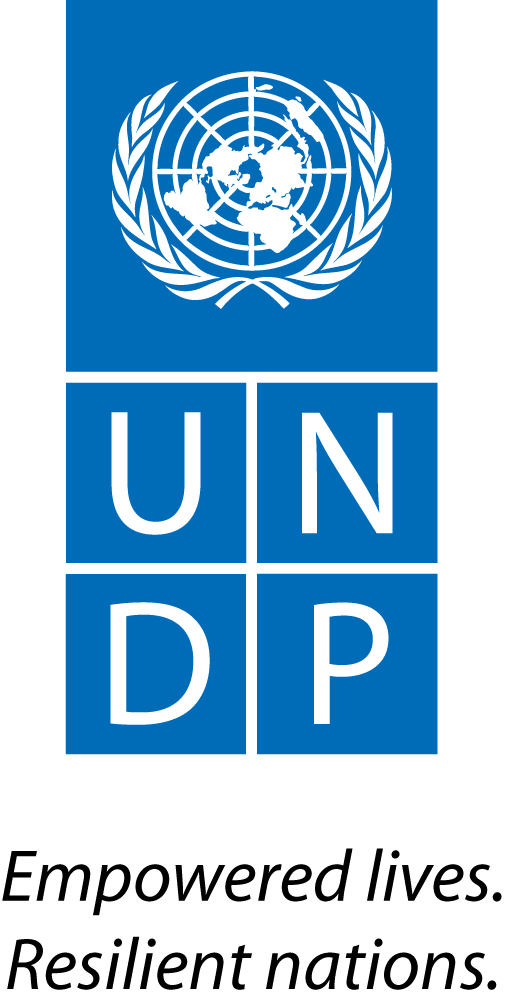http://www.nst.com.my/nation/extras/green-technology-a-national-commitment-to-clean-living-1.155090
Malaysia took a definitive step in the direction of green technology when the Ministry of Energy, Water and Communications was replaced by the Ministry of Energy, Green Technology and Water in April 2009.
The National Green Technology Policy was launched by the Prime Minister of Malaysia, Datuk Seri Najib Razak in July that same year. This policy serves to accelerate the national economy and promote sustainable development by seeking to promote efficient energy use. The success of the policy would improve the quality of life for Malaysians, increase national economic development by means of technology, and safeguard the integrity of the environment.
The National Green Technology and Climate Change Council, and the Malaysian Green Technology Corporation (GreenTech Malaysia) were established to provide institutional support for this policy.
The National Green Technology and Climate Change Council operates through five councils - the Industry Committee, Human Capital Committee, Research and Innovation Committee, Promotion and Public Awareness Committee, and Transportation Committee.
GreenTech Malaysia serves as the focal point for green technology in Malaysia, with the explicit mission of promoting, coordinating and collaborating programmes towards the realisation of green technology in Malaysia.
The efforts of the government in promoting green technology have been admirable. Since January 2010, a total of RM1.5 billion has been made available for soft loans to interested parties with low interest rates, including approximately RM50 million for producers and RM10 million for users of green technology.
The 2013 Budget gave an additional RM2 billion for green technology projects under the Green Technology Financing Scheme (GFTS).
The GFTS was established to encourage investments in green technology, a sector that was predicted to be one of the most important new drivers of economic growth in Malaysia.
The country is also attempting to create an environment conducive to green technology by introducing new economic instruments, strengthening the understanding of green technology among relevant stakeholders, and promoting foreign direct investments and domestic direct investments.
Training, educational programmes and apprenticeship programmes have also been implemented in addition to strategic partnerships between the government, industries and research institutions.
Green projects have also taken off the ground in Malaysia. For instance, Putrajaya, the federal administrative centre of Malaysia, and Cyberjaya, the centre for the Multimedia Super Corridor in Malaysia, have been designated as green townships.
Putrajaya was designed as a garden city, and 38 per cent of its area is reserved for natural landscaping designs. Plans are also on the way to reduce carbon emissions in Cyberjaya by 40 per cent by 2025, particularly in its development as a Low Carbon City within the Low Carbon Cities Framework. LCCF acts as a guideline in the implementation of green townships by measuring their levels of carbon emissions.
Green technology has also been applied to the construction of buildings. The Green Building Index (GBI) was developed as a joint effort between the Malaysian Institute of Architects and the Association of Consulting Engineers Malaysia in 2009. The goal of the GBI is to create an environmentally-friendly approach in the property industry.
Thus, a green building operates on the premise of increasing efficiency in the use of all its resources in order to reduce negative industrial impacts on the environment. Ken Yeang, the architect responsible for introducing bioclimatic skyscrapers into Malaysian architecture, contends that green infrastructure programmes must pay close attention to water use and reuse, human interaction and vegetation. In keeping with the spirit of green technology, the government also determines the energy policies of the country, in areas of energy production, distribution, and consumption.
In accordance with Malaysia's Fuel Diversification Policy, the government is consistently working to intensify the development of renewable energy, particularly biomass, as a viable fuel resource in addition to oil, gas, coal and hydro.
The government aims to work more closely with local universities and research institutes in green technology. Malaysia hopes to raise its ranking in environmental ratings, and eventually be a leading producer of green technology in the global market.
In its bid to improve the public transportation system, reduce carbon emissions and address issues of climate change, the government has been looking into green transportation. The introduction of electric vehicles could bring about a marked reduction in pollution.
To this end, the Ministry of Energy, Green Technology and Water has entrusted GreenTech Malaysia with the task of coordinating the development of the Electric Vehicle Infrastructure Roadmap. The Roadmap is targeting for 100,000 electric vehicles in the country by 2020.
In addition to these efforts, Malaysian and German entrepreneurs have teamed up with the Ministry of Natural Resources and Environment in a programme in Kelantan and Terengganu to promote sustainable eco-friendly batik production. The Clean Batik Initiative aims to be sensitive to the impact of batik production on the environment.
Despite bearing marvellous potential in becoming a leading global supplier in green technology components for companies that are based on green technology, Malaysia needs to step up its efforts. It needs to take into consideration the presence of green companies all over the world that are keen to explore new energy sources, which include renewable energy.
To take advantage of this increasing demand, Malaysian ministries and agencies need to collaborate more closely in actively promoting Malaysia as a hub for greentech companies.
Green businesses could benefit from greater long-term support, particularly in assisting entrepreneurs to develop comprehensive business plans and cash flow projections.
Those in the forefront of green financing need further training in skills, knowledge and capacity in relation to the financing process flow, which encompasses development, promotions, the sourcing of viable projects and holistic risk management.






